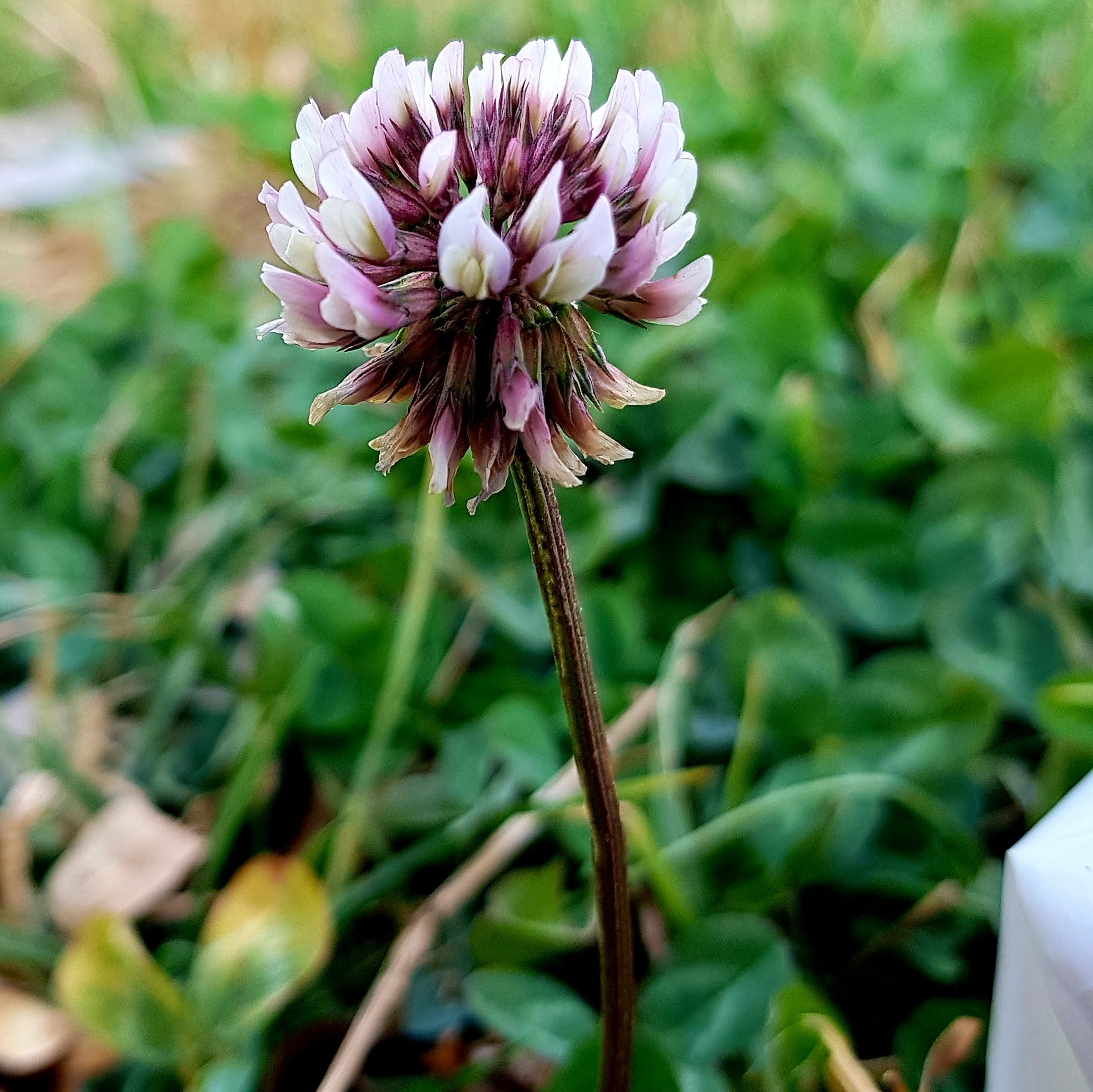the empty HOUSE of STONE.
- nashe chokureva

- Jun 18, 2020
- 3 min read
I remember last year I faced a predicament of sorts with a similar prompt, here we go futi again.

Stone cities that were motifs of the Shona ancestry.
When it comes to culture I'm afraid to say the Shona people from Zimbabwe are at the bottom of the totem pole. Our ancestors built strong stone cities, the river of time flowed in undercurrents eroding the fabric of a people's culture. Only empty houses of stone remain now. Texts will allude to our ancestors in skins, nhembe and head wea, ngundu. Across Africa most if not all tribes were in skins, they were the cotton of the day. The transition from skin to cotton with the coming of the initial colonial pioneers was characterised by a great loss of culture and heritage for the Shona. This loss seems to be unique with the Shona (Zimbabwe). Tribes across Africa managed the transition and were able to either completely maintain their core ethos or adopted new colours to identify with.

Mbuya Nehanda and Sekuru Kaguvi after their capture in 1897, two of the spirit mediums that lead the Chimurenga revolt against the British. (Pay attention to their attires, their contemporaries were pictured in their distinctive garb.)
The Shona are found predominantly in Southern Africa, though some in East Africa. I always find this notion particularly true when it's heritage day and everyone adorns their distinctive colours, we adorn anything and everything. Of-late the African print material has been synonymous with "traditional wear." Few, if any are the traditional ceremonies that we still have, that aren't adulterated.
I am not exaggerating, I promise. Recently the Gov of Zim gazetted a new law stipulating that two consenting adults could get married without paying lobola because parents and relatives had become unscrupulous. Lobola has over the years slowly but surely become a get rich quick scheme for the greedy uncles and not a unifying ceremony thus becoming a hindrance. The truth is most if not all of the remaining ethos of the Shona (Zimbabwe) people have become adulterated mostly as a means to a quick earning.
Anyways enough of that, let us see what has actually survived. I reached out to a couple of friends, had a back and forth about "our culture", truth is we have traditions we can name on paper, but those papers are in the archives. The percentage of those that actually practice is very low or next to nothing in reality.
Though over time lobola has been adulterated, with men mainly getting the loin's share, there is a constant. Through it all, the token that was given to the mother has remained. Mombe yeumai, loosely translated, the beast/cow of motherhood. Shona never translates without a fight (chuckles). All the beasts involved in the transaction, one was and is specifically set aside for the mother. A token of appreciation for her role in raising the bride, muroora. It specifically has to be a cow, the cow is sent to her home. When it has a calf, it is slaughtered in a celebratory ceremony. I guess with newly gazetted legislature, we might kiss that bye-bye as well. Though there is discourse and remonstrations about the new law, they most certainly aren't to bemoan the possible erosion of culture, no. Rather, for the audacity to tamper with what was once an indisputable payday.
I hope there are some initiatives soon to curb the loss of what little we have left lest we dwell in an empty house of stone.
Till tomorrow, toonana.






Comments